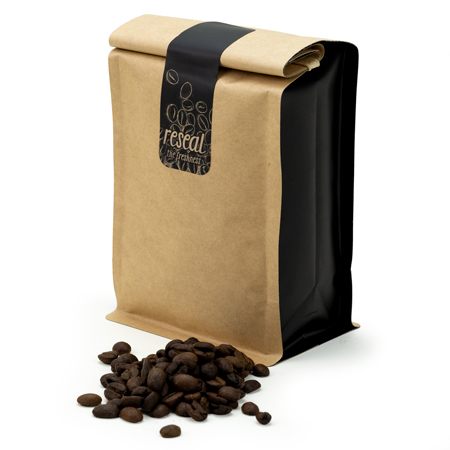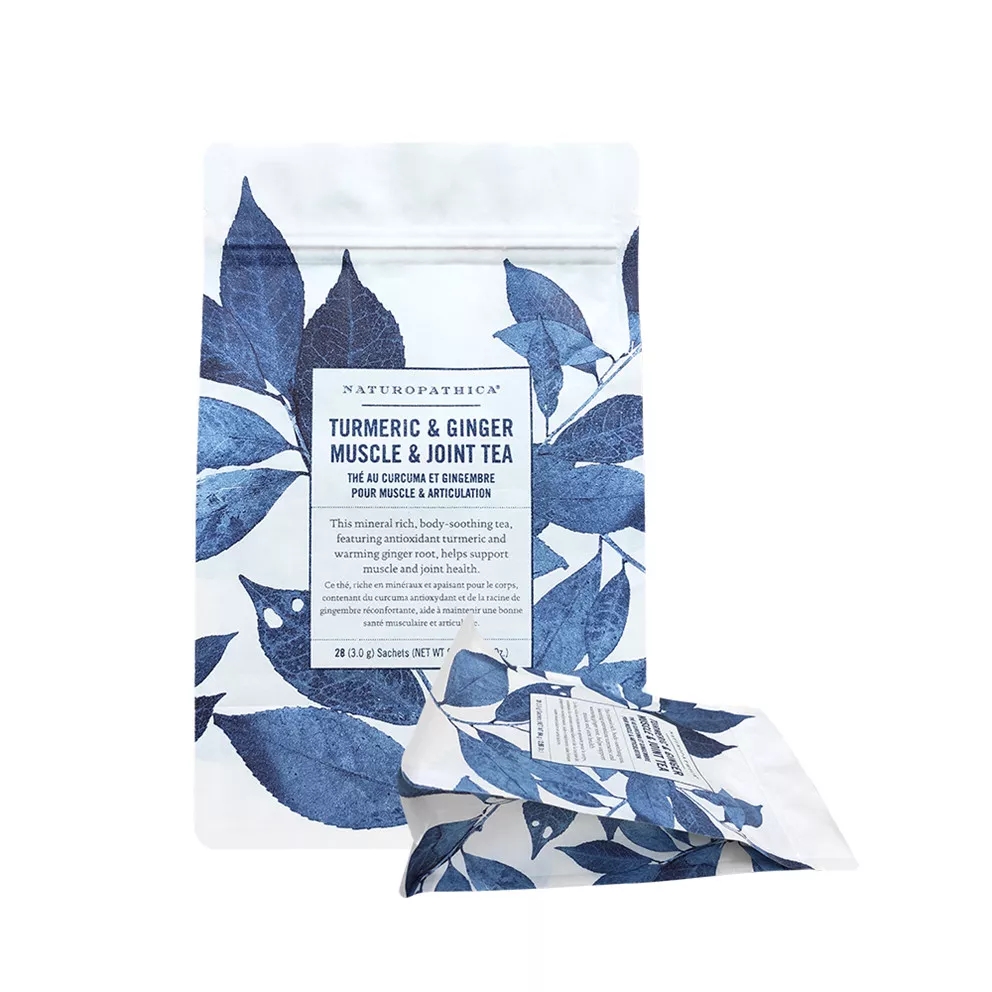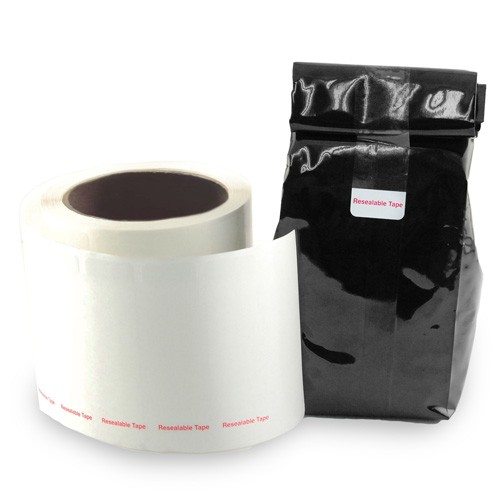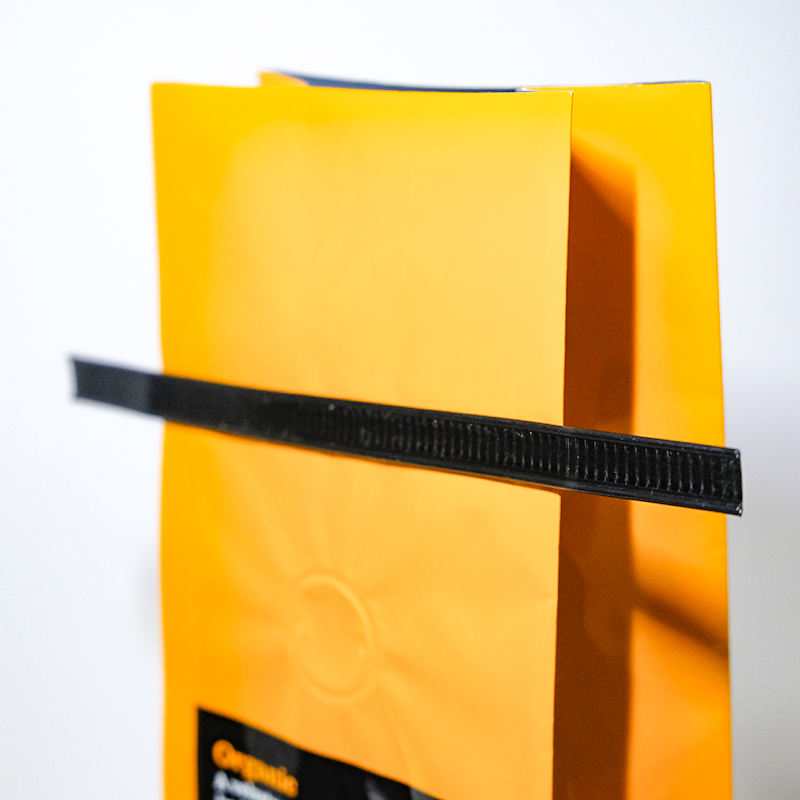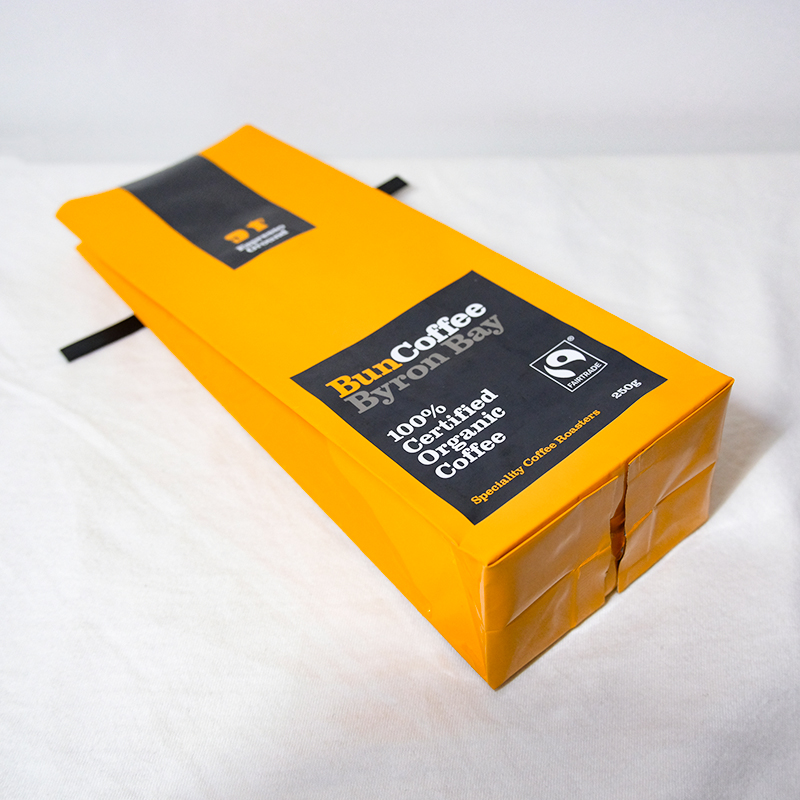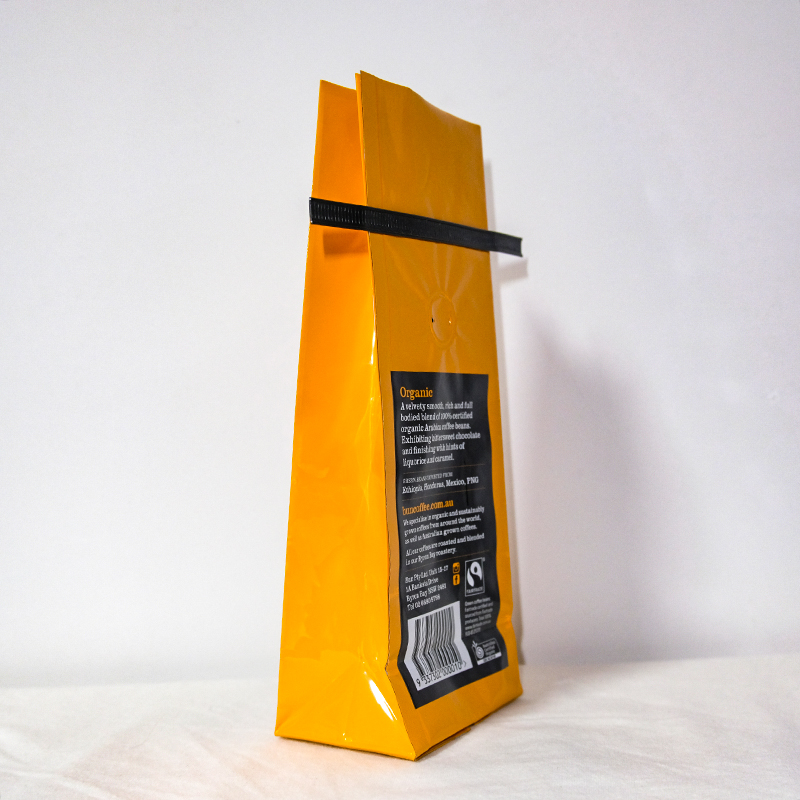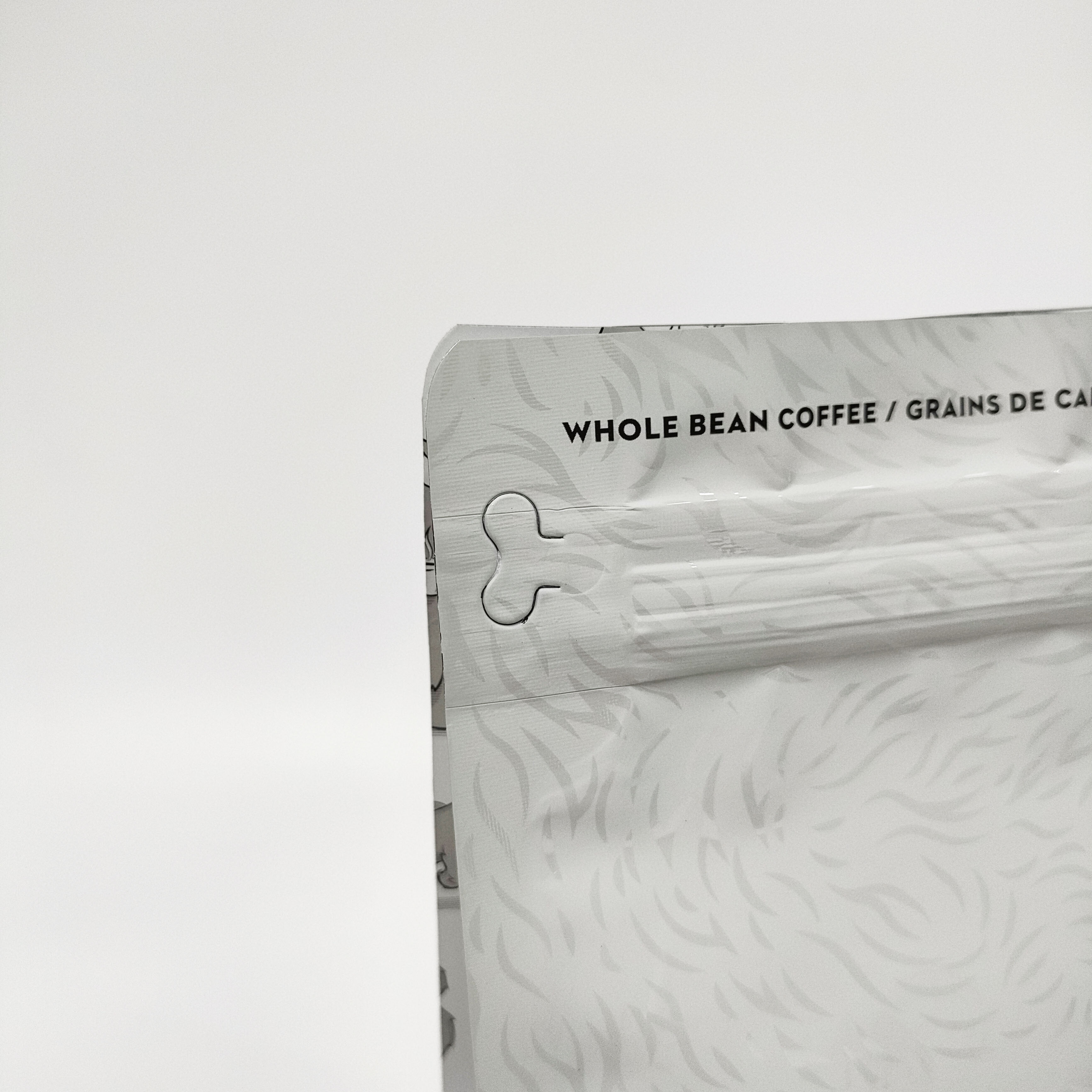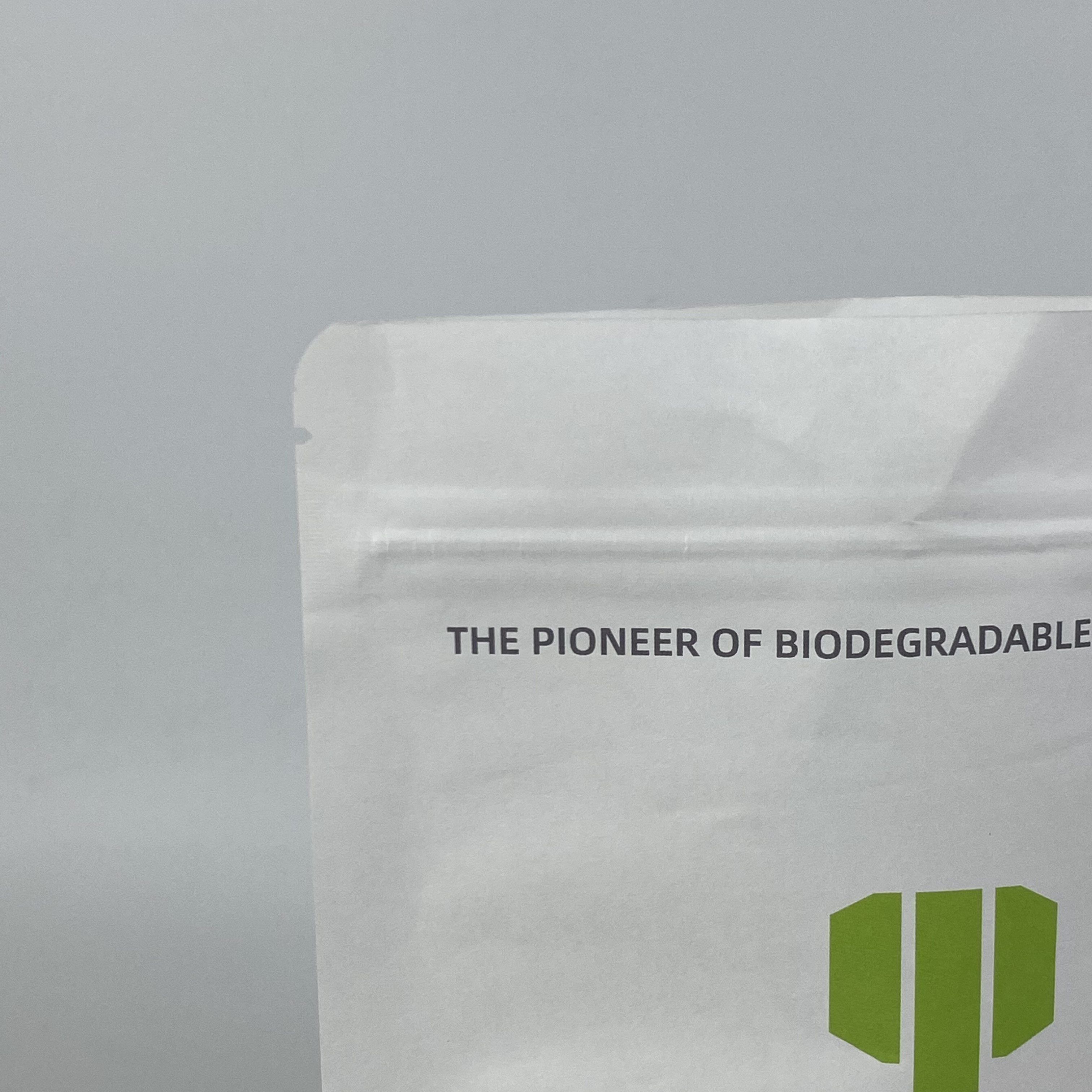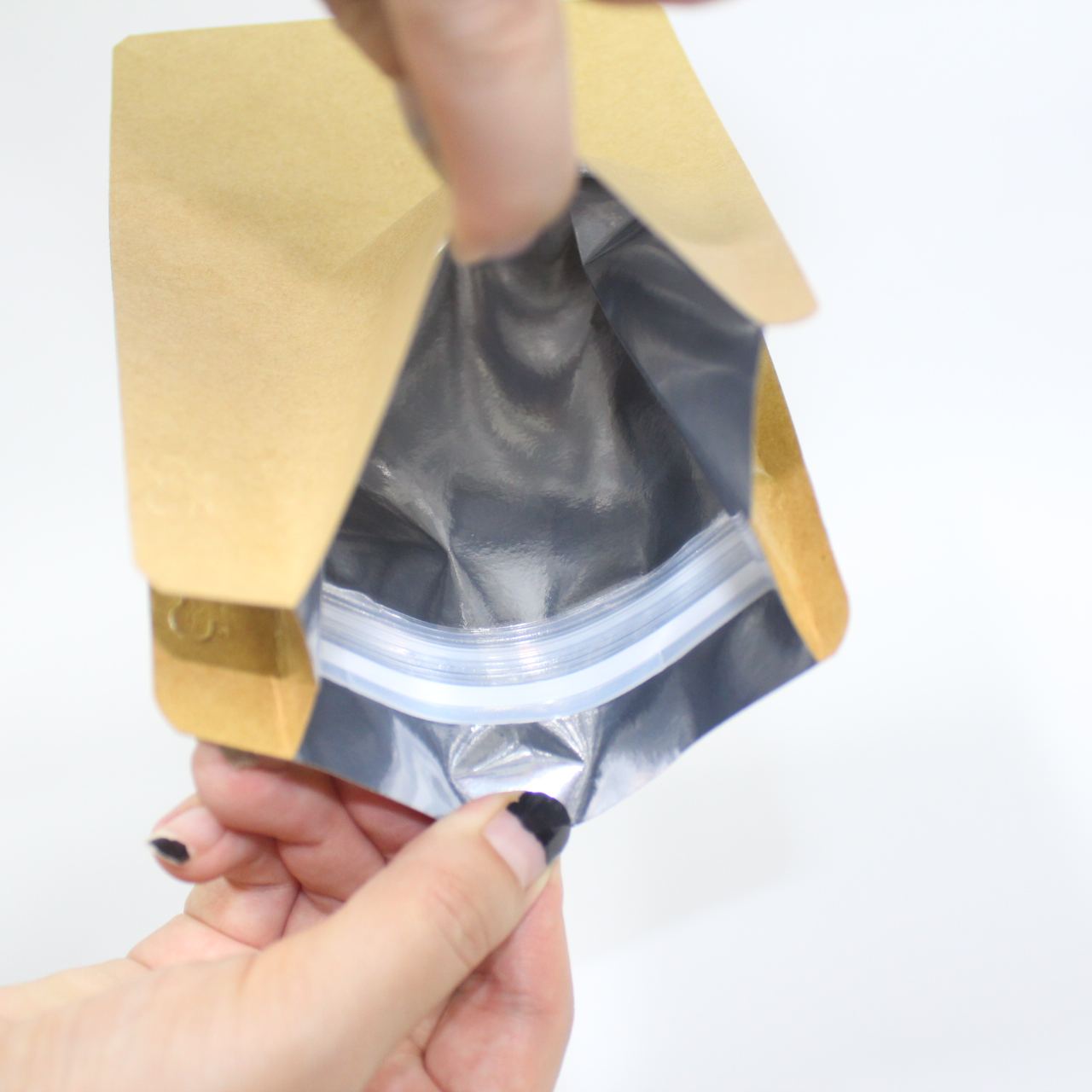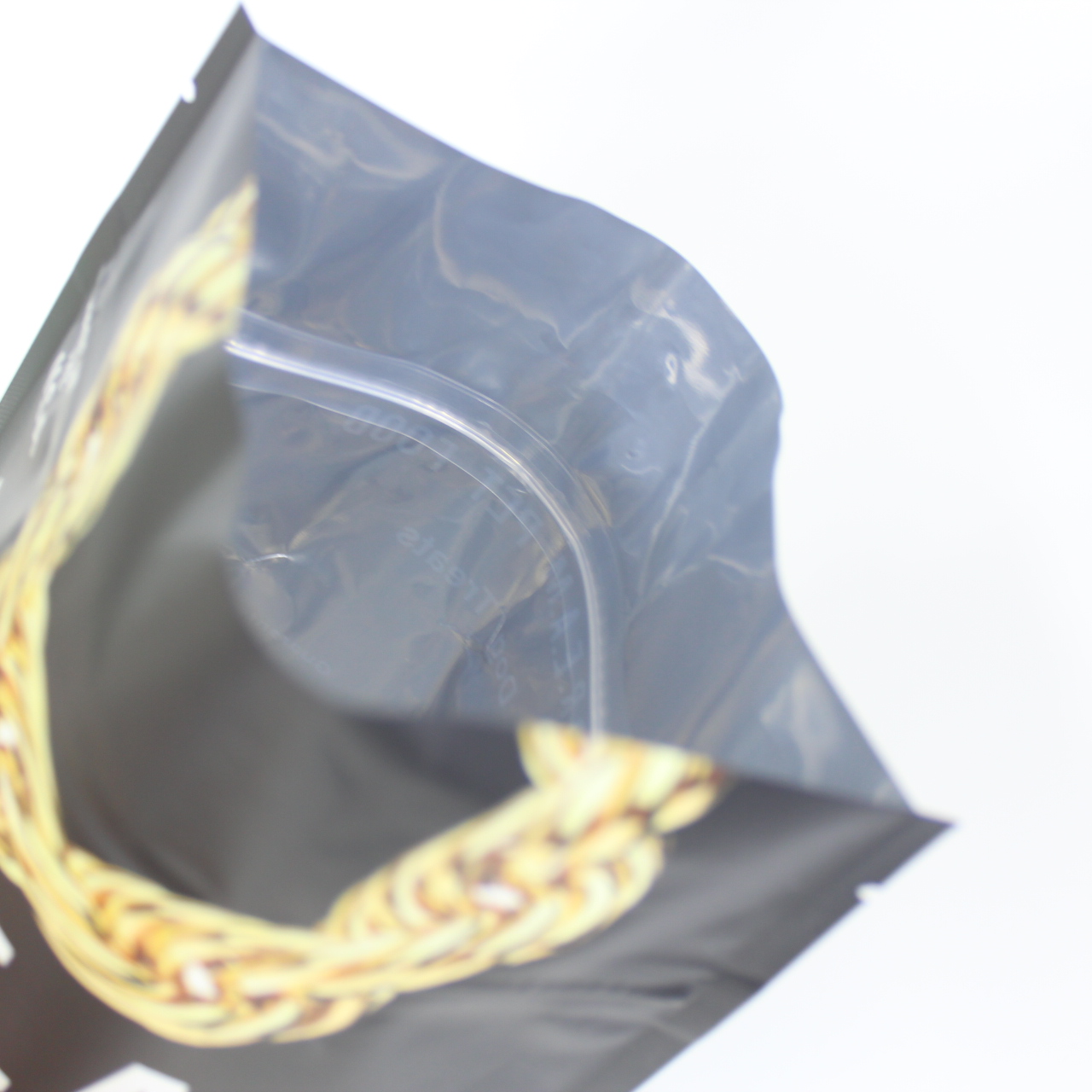Consumers expect a lot from coffee packaging since the widespread introduction of flexible packaging. One of the most important aspects is undoubtedly the resealability of the coffee bag, which allows consumers to reclose it after opening.
Coffee that is not properly sealed can oxidise and rot over time, significantly reducing its shelf life. On the other hand, properly sealed coffee has a longer shelf life, tastes better and increases consumer confidence in your brand.
But it's not just about keeping the coffee fresh: the resealable properties of the packaging usually offer a more convenient product, which can influence purchasing decisions.
According to the National Research Federation, 97% of shoppers have abandoned a purchase due to a lack of convenience, and 83% of shoppers say convenience is more important to them when shopping online than it was five years ago.
There are four main options: let's look at why you need them and what each offers.
Why are resealable coffee containers important?
The resealable container is important to keep the coffee fresh after opening, but it is not the only good thing.It is also more durable and more economical. If the right materials and closures are chosen, some or all of the packaging can be recycled.Sealed flexible packaging weighs less and takes up less space than rigid packaging, making it easier to store and transport. In the end, you save money in many ways.Clearly communicating your choice of seals and recycling options can further improve customer perception of your company.Consumers want convenience and recyclable packaging satisfies this desire. Market research has revealed that the popularity of "super-heavy" packaging is in "rapid decline".To succeed, companies must use flexible packaging that "recognises the importance of a secure closure and ease of opening, removing and re-closing".Reusable packaging keeps the brand within reach of customers. If coffee is not resealable, beans and ground coffee are stored in unmarked containers and carefully prepared brands simply end up in the bin.
What are the advantages and disadvantages of the most common sealing features?
Once the type of flexible packaging has been chosen, it is necessary to select the most suitable sealing mechanism for the product. The four most common options for coffee pouches are flaps, slots, hinges and hook and loop closures. What they offer is explained below:
Tin ties
Tin ties are the traditional method of closing coffee bags and are often used with four sealing or clip bags. Once the top of the bag is closed, a plastic or paper strip with laminated iron wire is glued immediately underneath.
Users can cut the heat seal and open the coffee bag. To reseal, simply twist the can strip (and the bag) down and fold the edges of the can strip over both sides of the bag.
As the straps of the can allow the coffee bag to be opened completely at the top, they make it easier to reach in and measure the coffee. However, they are not leak-proof and can allow oxygen to escape.
Since tin ties are inexpensive, they can be used for small or sample-sized coffee bags where a longer shelf life is not necessarily required.
Tear notches
Tear notches are small sections at the top of a coffee bag that can be ripped open to access a hidden inner zip. This zip can reseal the coffee bag after use.
Because it can tear open, it’s easier to access than a tin tie pouch, which requires a pair of scissors. The coffee bag doesn’t need to be rolled down, either, so your coffee branding will be displayed in full until the bag is empty.
A potential pitfall of using tear notches can take place if you source them from inexperienced manufacturers. If the tear notches are placed too close or too far from the zipper, it becomes difficult to open the bag without causing damage.
Hook and loop fastener
Hook and loop fastener for easy coffee removal. Easy-to-remove rails are used for easy removal and attachment. To access, simply cut off the top of the heat-sealed bag.
The fastener can be closed without being perfectly aligned and can be closed audibly to indicate that it is properly sealed. It is ideal for packaging ground coffee, as it can be closed even with debris in the grooves. The airtight seal makes it easy for customers to reuse the product for storing other food and household items.
However, it has the disadvantage that it is not completely airtight or watertight. When the heat seal breaks, the clock starts ticking.
Pocket closure
A pocket zip is attached to the inside of the coffee bag. It is covered by a pre-cut plastic strip, which is invisible from the outside and can be torn open.
Once opened, the consumer can access the coffee and seal it with the zip. If the coffee is to be carried in large quantities or transported over long distances, it should be placed in a pocket.
Concealing the zip serves as a guarantee that it will not be tampered with or damaged.
When using this closure, it may be necessary to clean the coffee grounds to ensure an airtight seal. This knowledge enables customers to keep their coffee fresher for longer.
Customers will have dozens of options when they look for new coffee on your shelves. The right re-seal feature will ensure a positive experience with your packaging.
These features can easily be integrated into most bags and sleeves, regardless of the type of material.
At Dingli Pack, we can help you choose the best re-sealing option for your coffee bags, from pockets and loops to tear-off slots and zips. All the features of our resealable bags can be integrated into our recyclable, compostable and biodegradable coffee bags.
Post time: Aug-06-2022

